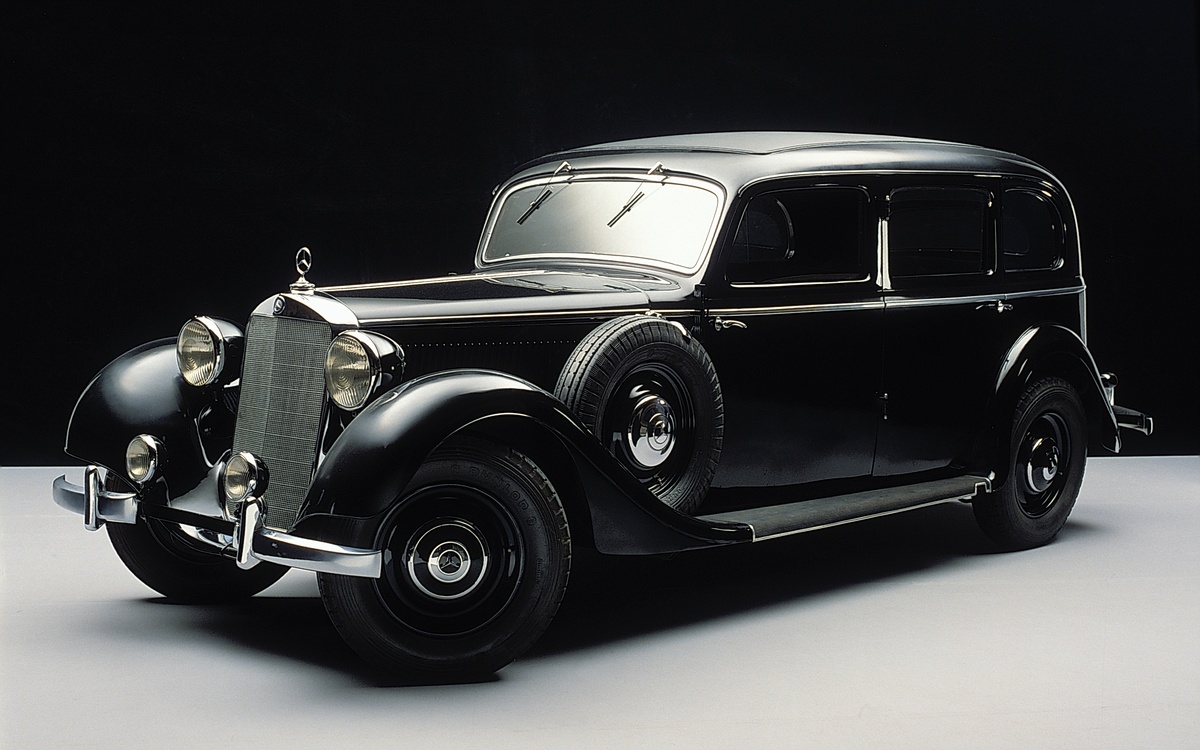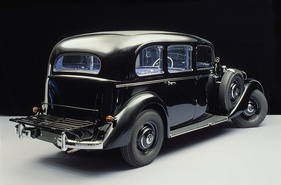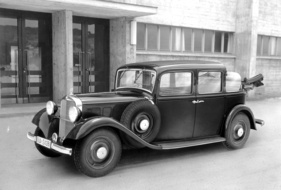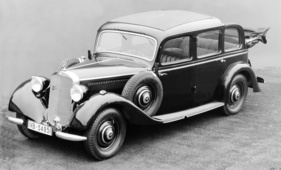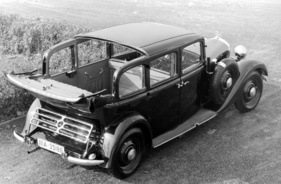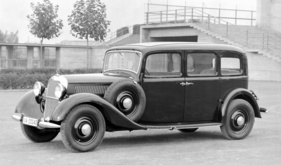Mercedes Benz 260 D - the first series-produced diesel car
Summary
Between 1936 and 1940, Mercedes Benz built the 260 D, the world's first series-produced diesel car. Due to its economy, durability and comfortable space, the 260 D was mainly used as a cab, but private individuals also bought one of the cars produced in 1967, which were available in various body versions. This report looks back at the development of the Mercedes Benz 260 D and shows the car and technology in many historical illustrations.
This article contains the following chapters
- The high-speed diesel engine
- Six-cylinder not suitable for passenger cars
- A lighter four-cylinder
- Economical car
- Continuous improvements
- Almost 2000 units built
Estimated reading time: 3min
Preview (beginning of the article)
The desire to apply the advantages of the diesel engine to passenger cars dates back to the 1920s, when diesel engines were already being used in the commercial vehicle sector. This development also had precursors in the boat engines produced by Daimler-Motoren-Gesellschaft as early as 1912, which, however, were not suitable for installation in road vehicles due to their high weight and low speed of four to five hundred rpm. However, they did provide valuable insights that could be utilized. In an effort to develop the high-speed diesel engine, the process of injecting diesel fuel into the combustion chamber with highly compressed air was initially used.
Continue reading this article for free?
Photos of this article

